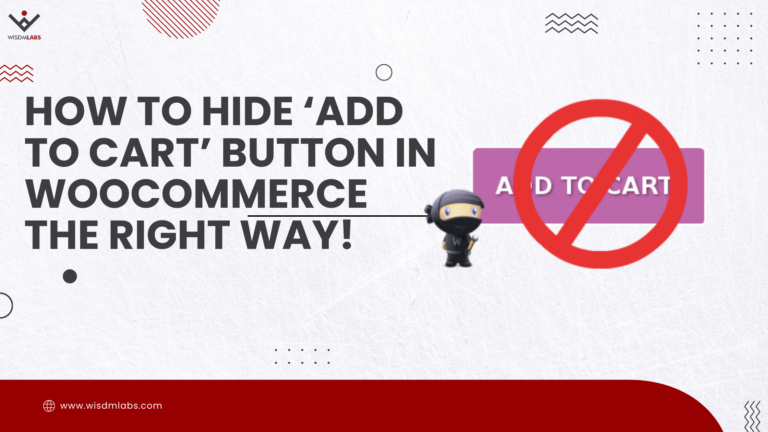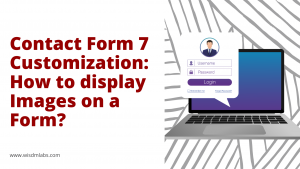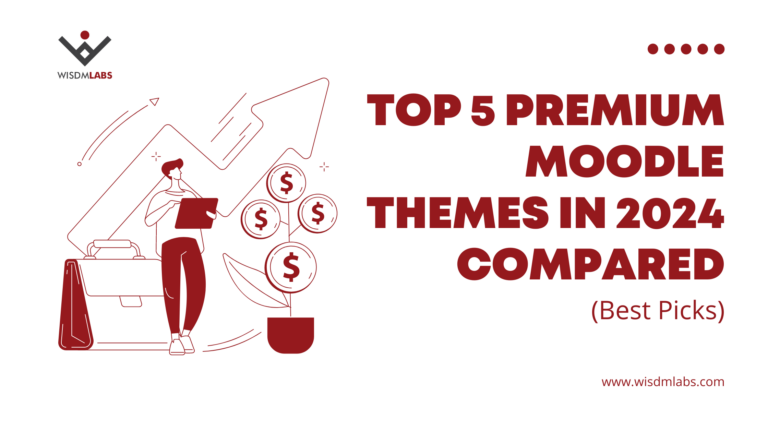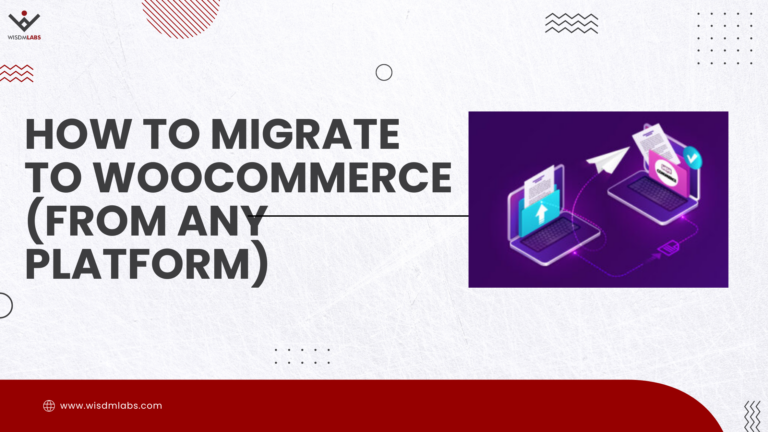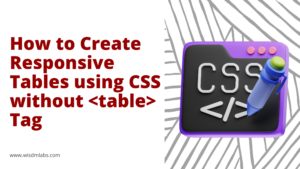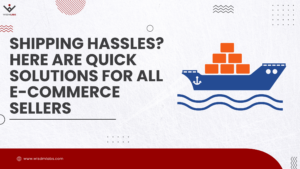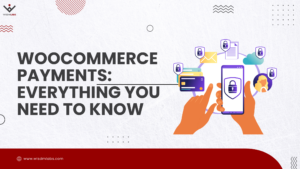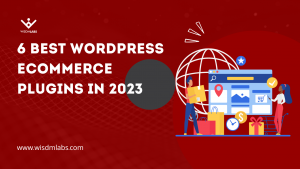Digital shopping isn’t slowing down. The more it grows, the more important optimizing your eCommerce conversion funnel becomes. The good news is that the principles of conversion funnel optimization apply universally, whether your business is big or small.
This article will first discuss strategies for optimizing your eCommerce conversion funnel so you can better capture leads, nurture prospects, and convert them into paying customers. We’ll then talk about how to use data for ongoing conversion rate optimization.
Understanding the Conversion Funnel
Your customer goes through a journey that often follows a pattern: awareness, interest, decision, and action. Each stage requires different marketing strategies to guide the customer through the funnel effectively.
Capturing Leads
When your customer is in the awareness stage, you want to pull them to your WordPress eCommerce site. Here, content is king. If you can create valuable, SEO-optimized content your target audience enjoys, you can draw traffic to your site. To do this, you could run a blog related to your product offerings using keywords that potential customers might search for. There are always social media channels to help spread the word as well.
Another example of driving traffic to your eCommerce website would be using QR codes on physical marketing materials. A scanned QR code can direct users right to your WordPress site.
QR codes can significantly enhance the conversion funnel optimization process by providing customers with a seamless, interactive, and efficient touchpoint. They act as a link between the physical and digital worlds, instantly connecting customers to online content, product details, or even directly to the shopping cart.
By embedding QR codes in advertisements, product packaging, or in-store displays, businesses can guide customers through various stages of the conversion funnel, from awareness and interest to decision and action.
For instance, a QR code can lead a customer to a landing page with a special discount, encouraging immediate purchase. QR codes can also provide invaluable data about customer behavior, offering insights for further funnel optimization. Their unique ability to track user engagement helps businesses understand what works and what doesn’t.
Nurturing Leads
Now it’s time to stimulate your customers’ interest and guide them toward a purchase. As you can guess, having an interesting and intuitive user experience on your website is essential.
This is where WordPress shines. There are many plugins available that can enhance user experience. Plugins by WooCommerce offer seriously useful eCommerce solutions with features like product pages, shopping carts, and secure checkout.
Equally important is ensuring your site is mobile-friendly, as most of your traffic will probably come from mobile devices.
Personalized email marketing is especially helpful for nurturing leads. WordPress plugins like MailChimp allow you to segment your email list so you can send targeted content to different customer groups. This includes sending personalized product recommendations, discounts, or even educational content. It’s a great way to build relationships with your prospects while you push them toward making a purchase.
Converting Leads
The last stage of the funnel is conversion, also known as the decision and action stage. The goal here is to convince the prospect to make the purchase.
An important thing to remember in this final stage is that there should be no friction in the purchasing process. A secure checkout that is simple and easy to understand and a fast user experience are what will boost your conversion rates. WordPress plugins like Stripe and PayPal are good examples of seamless, secure payment systems popular with most consumers today.
Scarcity tactics should play a role in your marketing program as well. Limited-time offers and displaying low stock levels are ways to create a sense of urgency and persuade customers to take action. Great customer reviews or testimonials on your website can be good social proof and tip the scales for some to buy.
Post-Purchase: Maintaining Loyalty
Conversion funnel optimization goes beyond the sale. You need to stay engaged with your customers to encourage repeat purchases. You must also have excellent customer service while soliciting feedback. Providing post-purchase follow-ups increases customer satisfaction and loyalty.
Optimizing for Leads To Increase Sales
Create Compelling CTAs
Call to action (CTA) buttons must be compelling and effective, or your conversion rate will suffer directly. Even something like the overall design, color, or text of your CTA can significantly influence your conversion rates.
WordPress allows you to test different CTAs to see which works best for your customers. A compelling CTA should be clear and concise and motivate the visitor to take action immediately.
Build Trust With Your Audience
Customers are hit every day with stories about hackers stealing money and sensitive information from unsuspecting victims. If they doubt your security, it makes a sale that much harder. Use plugins that prioritize security and are trusted by customers globally, like WPScan or WordFence. Another way you could build trust is by displaying trust seals and certifications.
Always be sure to provide transparent information about major policies like shipping and return policies. Having good customer service also goes a long way in creating trust.
But it’s not just about security – it’s also about complying with your legal and moral obligations to your customers’ privacy. All WordPress eCommerce sites should comply with GDPR for data privacy and customer trust. You can use plugins like WP GDPR Compliance to help make your site compliant.
Cut Down Loading Time
A delay in page loading times can directly impact your conversions and customer satisfaction. Customers are used to instant gratification now. WordPress provides numerous plugins, like W3 Total Cache and WP Super Cache, which shave time off your site’s speed and give a good overall experience for the user.
Use Pop-Ups to Your Advantage
Pop-ups have a bad reputation for being disruptive, but when used correctly, they can be a powerful tool for conversion. Exit-intent pop-ups are an example of ways they can be especially useful. Exit-intent pop-ups appear when a visitor is about to leave your site to offer a discount or incentive for purchase. The plugin to use here could be OptinMonster since it can help you create useful pop-ups on your WordPress site so you can capture leads and convert visitors.
Retargeting: A Second Chance
Even with a perfectly optimized conversion funnel, it’s inevitable that some visitors will leave your site without buying. Among those customers who didn’t buy, there are some who could be persuaded. Retargeting is a powerful tool to recapture these lost conversions.
Retargeting means showing ads to people who have visited your site as they browse the web. WordPress plugins like Pixel Caffeine can help with your retargeting efforts. And platforms like Facebook can direct bounced traffic back to your site.
Leveraging Data for Optimization
From traffic to purchase, your customer is giving you behavioral data, which can be used to help optimize your conversion rate. Google Analytics (which integrates with your WordPress eCommerce site) can provide valuable insights into customer behavior. For example, you can find where customers drop off in the sales funnel. Or you could identify which pages perform best in terms of traffic and conversions.
Over time, acting on these insights will help you refine your strategies. Data-driven insights can help everywhere, from tweaking your SEO strategy to improving your website design to removing friction from the checkout process.
Conclusion
Optimizing your WordPress eCommerce conversion funnel is a dynamic process. It begins with understanding your customers’ journey throughout the entire funnel and involves capturing and nurturing leads so you can convert prospects into customers. Conversion optimization also requires that you make use of data for ongoing refinement. If you can implement these strategies, you can increase and maintain your revenue and position in the market.
About the Author

Gary Espinosa is a copywriter with over 10 years of experience in software development, web development, and content strategy. He specializes in creating high-quality, engaging content that drives conversions and builds brand loyalty. He has a passion for crafting stories that captivate and inform audiences, and he’s always looking for new ways to engage users.”

